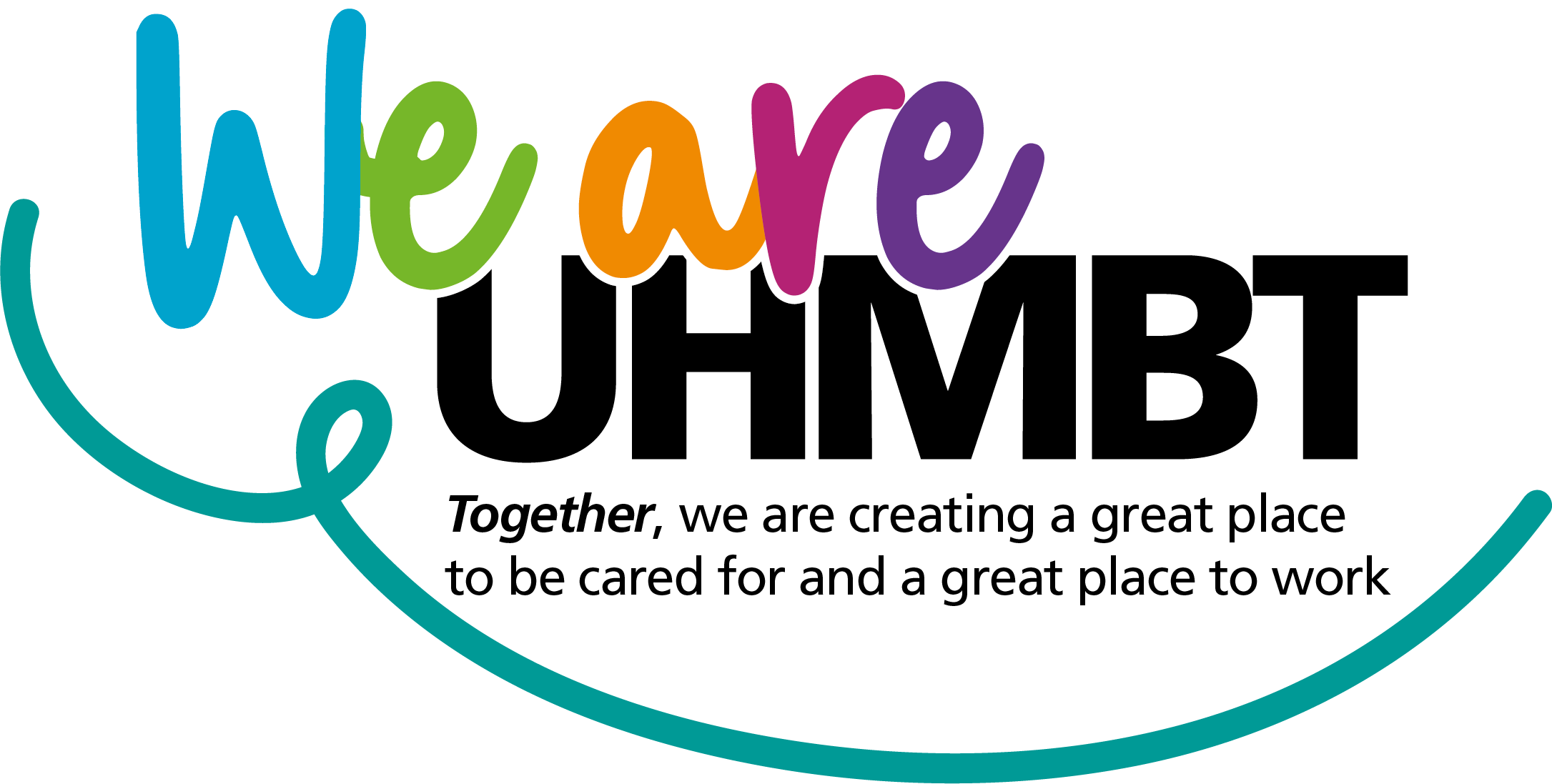Going to school
Things to consider around transition to school for children with special education needs (SEN)
Moving from nursery to school can be difficult as your child may be excited or anxious about trying new things and meeting new teachers. It’s important to focus on the positives if your child is worried about this step. It is also important to validate their worries.
Education choices
When looking at educational settings for your child, it is important to know what options are available so that you can make the right decision.
Speak with the professionals that have worked with you and your child to date, such as nursery providers or inclusion teams. You will know your child the best.
Mainstream school
Mainstream schools are subject to the SEN (Special Educational Needs) Code of Practice 2015. This means that they are required to ensure pupils are not disadvantaged by their disability or special educational needs.
When visiting all schools, particularly mainstream schools, have the questions below in mind:
- What does the atmosphere feel like? Is it welcoming?
- How well does it meet your child’s needs?
- Do staff have the necessary skills and understanding to meet your child’s needs and enable learning to take place?
- How will your child cope with the layout, environment and sensory aspects?
- Does the school have the resources to support your child (including staff/equipment/interventions/diet)?
- Will your child have a peer group they can learn from and socialise with?
- Is it easy to travel to?
Specialist settings
A specialist setting could include a Maintained Special School or a Non-Maintained Special School. Specialist settings provide placements for pupils whose needs cannot be met in mainstream settings. Parents and carers will usually have to request a place at a specialist setting.
When thinking about specialist settings, keep in mind the same questions as for mainstream schools. You may also wish to consider:
- class size and the ratio of adult to child support.
- the curriculum and what the outcomes are for pupils.
- what qualifications can pupils study for?
- what learning opportunities are there outside the curriculum?
Preparing for a change
Strategies could include:
- Planned visits and phased entry
- Visit the school at least once with your child before they start. If possible, try and meet the staff and take photos of the staff who will be working with your child and the classroom environment. You could create a book for you to look at with your child. You could ask about a phased entry.
Visual supports
Visual supports can help your child understand what will be happening and reinforce communication. Use these more than once to reinforce the idea of change.
It is important when using a visual support to:
- use clear language and give your child time to process what is said.
- make sure that you show outcomes as well as the stages of a process. For example, if you are using a visual support to explain a bus journey to school, make sure you use pictures of the whole process, including arriving at school.
- mark the calendar and use it to encourage a countdown.
Use social stories
A social story could help. It is a short description, event or activity which has specific information about the change. Your nursery could help create a social story.
Communicate with staff
Share information with the new school about your child’s needs, likes and dislikes, capability, and difficulties. Effective communication is the key, and will make a positive difference. Having a key worker or named member of staff can help in preparing a transition plan including targets and support strategies.
There may be a few hiccups to start with but hopefully your child will settle quickly. If there are any major concerns, try to find a solution and contact the school where necessary. Please be patient and provide solutions if possible as you know your young person best. The school will have strategies ready to go but it’s important that young people are given the opportunity to try for themselves first to build their confidence, self-esteem, and independent skills.
Wearing a uniform
- Check the school policy and don’t leave it too late to buy what you need.
- School shoes can also be an issue for some children, so you may need to try multiple pairs from different shops.
- Label everything.
- Essential purchases include coat, drinks bottle, and PE kit.
- Some supermarkets and shops sell sensory-friendly pieces of uniform, such as Asda (George Online)’s ‘Easy On Easy Wear’ range and M&S’s ‘Easy Dressing’ range.
Date of Publication:31/08/2024
Reference Number: PIL241/IND021
Review Date: 01/09/2027

